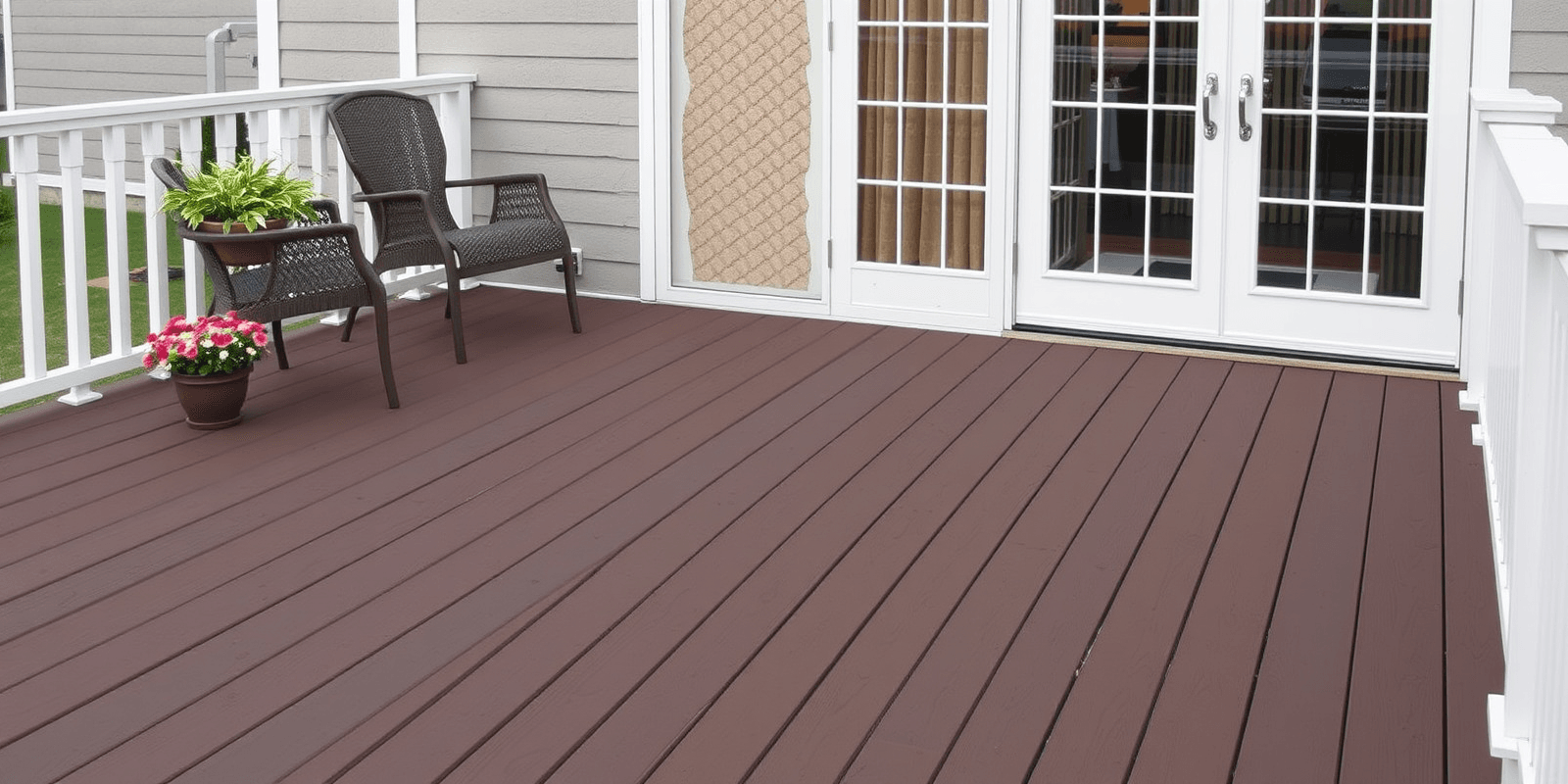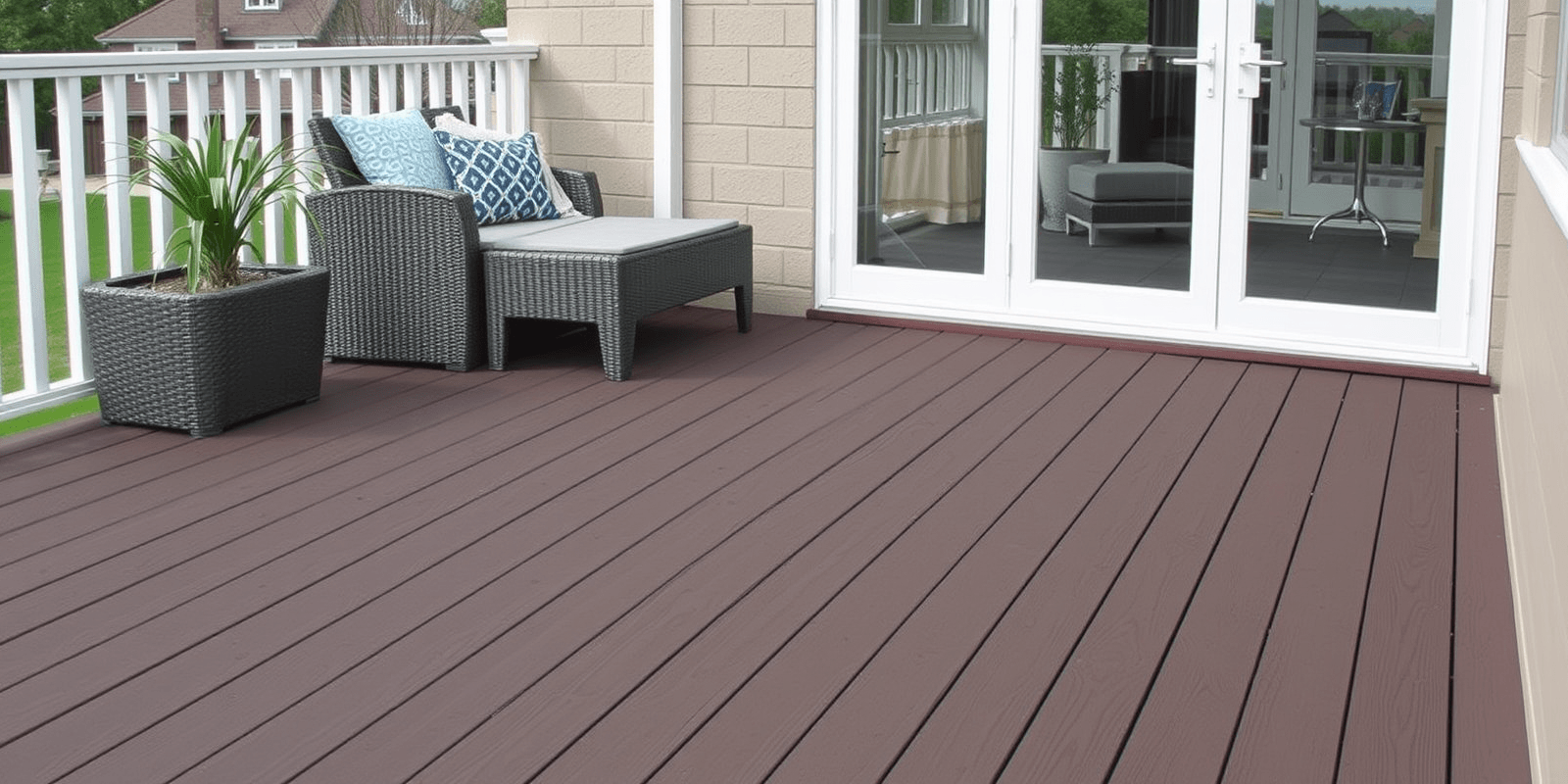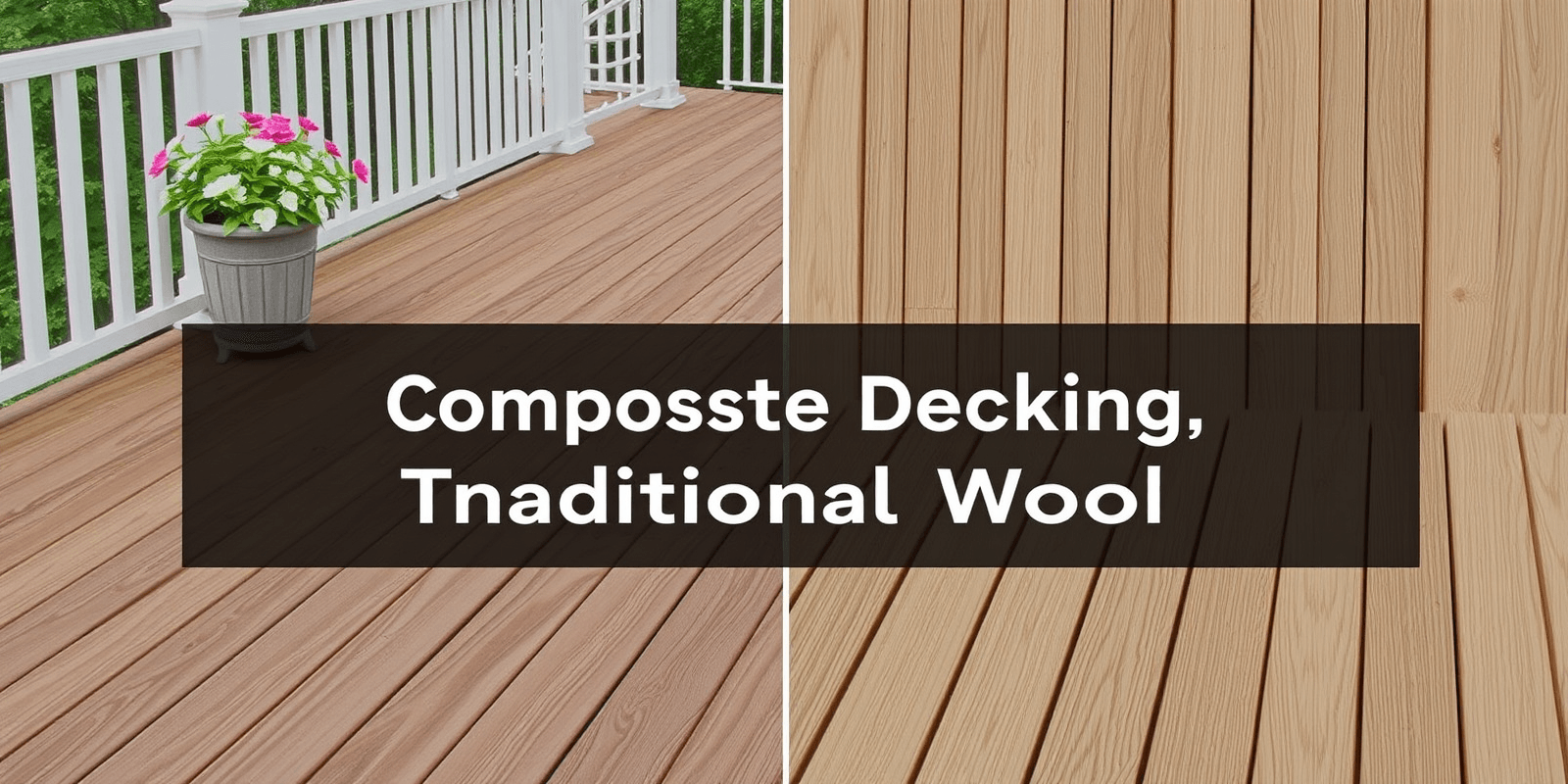The Impact of Composite Decking Colors on Home Value
Introduction
Composite decking, a popular choice for outdoor living spaces, has revolutionized the way homeowners approach deck construction. Unlike traditional wood decks, composite decking is made from a combination of recycled plastic and wood fibers, making it more durable and low-maintenance. One often overlooked aspect of composite decking is its color, which can significantly influence the perceived value of a home. This article serves as a comprehensive guide on how different composite decking colors can affect the value of a property. We will explore successful color choices and their impact on property value, while also providing insights from real estate professionals.
The Influence of Color on Property Value
Color psychology plays a crucial role in the perception of a property’s value. Different hues can evoke different emotions and reactions from potential buyers. For instance, warmer tones like browns and reds can create a sense of warmth and comfort, while cooler tones like grays and blues can give off a modern and sophisticated vibe. When choosing composite decking colors, it’s essential to consider how they align with the overall aesthetic of the house and the surrounding environment.
Examples of Successful Color Choices
One of the most successful color choices for composite decking is Tan. According to a survey conducted by Realtor.com, tan-colored composite decks were found to be highly appealing to potential buyers due to their natural appearance and versatility. They blend well with both traditional and contemporary architectural styles, making them a safe bet for increasing property value. Another popular option is Gray, which is often associated with sleekness and elegance. Gray composite decks have been shown to enhance the modern look of a home, attracting tech-savvy and environmentally-conscious buyers.
Tips from Real Estate Professionals
Real estate professionals emphasize that choosing the right composite decking color can make a significant difference in the sale price of a home. Forbes reports that lighter shades, such as light gray or taupe, tend to brighten up outdoor spaces, making them appear larger and more inviting. On the other hand, darker tones like dark gray or black can add depth and character to a deck but may not appeal to everyone. It’s important to strike a balance between aesthetics and practicality, considering factors such as weather conditions and maintenance requirements.
Considerations for Choosing Composite Decking Colors
When selecting composite decking colors, homeowners should take into account several factors. Firstly, the color should complement the existing exterior of the house. A deck that harmonizes with the siding, roofing, and landscaping can create a cohesive and visually pleasing outdoor space. Secondly, the color should match the intended use of the deck. For example, a deck designed for hosting large gatherings might benefit from a bolder color to draw attention, whereas a smaller, more intimate space could benefit from a softer hue. Lastly, the color should reflect the homeowner’s personal style and preferences, ensuring that the investment in composite decking enhances their enjoyment of the outdoor living area.
Conclusion
In conclusion, composite decking colors play a vital role in enhancing the perceived value of a home. By understanding the psychological impact of different hues and considering the advice of real estate professionals, homeowners can make informed decisions that will not only increase their property’s marketability but also provide a beautiful and functional outdoor living space. Whether opting for the timeless elegance of gray or the warm and inviting tan, the choice of composite decking color is an investment in the long-term value and enjoyment of one’s home.
Reference
Realtor.com – Composite Deck Color Trends 2022
Forbes – How to Increase Your Home Value Without Breaking the Bank



